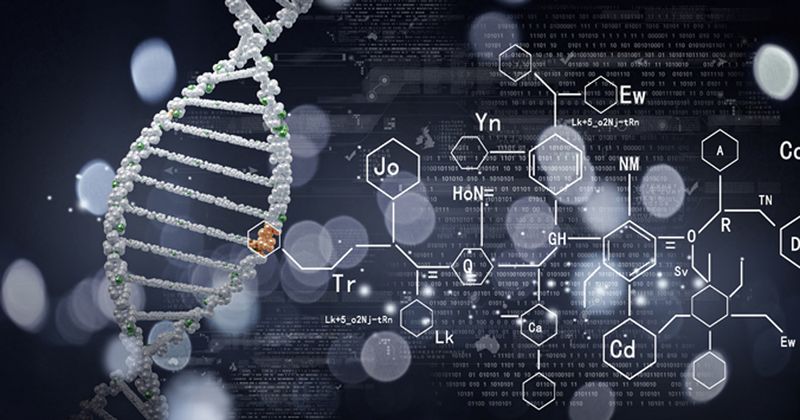Genetics vs. environment: Experts still unraveling links in lupus pathogenesis
Click Here to Manage Email Alerts
Experts are still trying to understand the interplay between genetic and environmental factors in lupus disease pathogenesis, according to a presenter at the 2022 Association of Women in Rheumatology Annual Conference.

“People always ask if lupus is genetic,” Ashira D. Blazer, MD, assistant professor of medicine in the division of rheumatology at the Hospital for Special Surgery, in New York, told attendees at the hybrid meeting in Hilton Head Island, South Carolina. “The answer is, ‘Kind of.’”

The longer answer, according to Blazer, is that individuals who develop lupus may demonstrate a genetic predisposition that is eventually triggered by environmental factors. However, because the patient population is so diverse, it can be difficult to sort out all the factors.
Understanding the factors at work in any given patient can, in turn, inform therapeutic decision-making.
Digging deeper into the genetics, Blazer presented data from studies of dizygotic and monozygotic twins. According to Blazer, lupus develops in 58% of monozygotic twins, and in far fewer sets of dizygotic twins, suggesting that although genetics are in play, environmental triggers can lead to lupus in one twin but not the other.
On a broader level, Blazer suggested that predisposition for lupus can fall into “three buckets.” The first is poor immune complex clearance, such as complement deficiencies. The second is intra- and extra-cellular interferon signaling, and the third involves the way these patients mount a lymphocyte response, including interleukin-10 and PTP.
“Really, these are the major players in the pathogenesis of lupus,” she said.
Regarding the interferon response, Blazer noted that type 1 interferon is “at the center of lupus disease pathogenesis.”
“Type 1 interferon is going to act on all cells in the immune system,” she said, suggesting that damage to both B and T cells can occur. “It promotes cytotoxicity and damage to the tissue.”
Because type 1 interferon is so important in lupus pathogenesis, it has become an important therapeutic target.
“It modulates these pathways,” Blazer said.
Targeting the Janus kinase/signal transducer and activator of transcription (STAT) pathway can provide additional mitigation of interferon response, according to Blazer.
Both interferon-based and JAK/STAT therapies can be effective, depending on the patient and their lupus manifestations.
However, the story is a bit different for B-cell targeting therapies, which Blazer noted have not produced as reliable a response.
One aim of this approach was to reduce autoantibody production, while another was to target the germinal center and extrafollicular pathways that generate pathogenic plasma cells.
“We have tried to target B cells with varying degrees of success,” she said. “Perhaps we are not so efficient at being able to reduce enough of these B-cell populations.”
Ultimately, Blazer suggested that remembering the starting point of disease pathogenesis may be effective in understanding lupus management.
“The first responders are innate immune cells,” she said. “The second responders are lymphocytes.”

